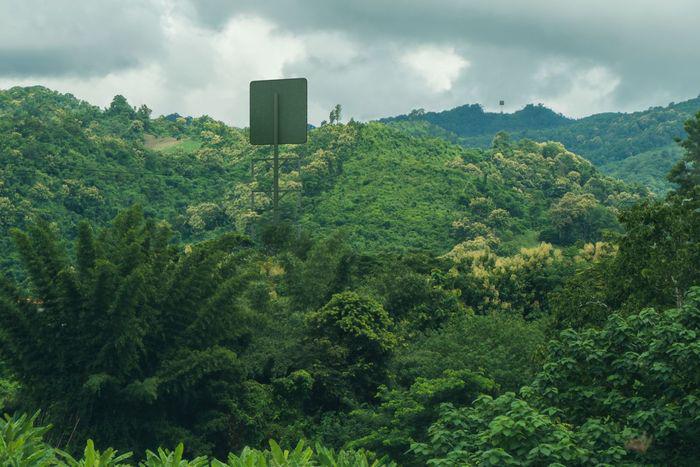The wireless transmission of electricity is already a fact, an option that Nikola Tesla demonstrated in 1901
In 1901 on Long Island, New York, inventor Nikola Tesla began building the 57-meter Wardenclyffe Tower as part of an experiment to transmit information and electricity wirelessly over long distances. The central facilities did not become fully operational and the project was only partially operational due to financial problems.
Tesla, a pioneer who, among other things, developed the generation and transmission of alternating current, faded into obscurity. But his ideas were very successful. In a few years wireless communications would change the world. Although it has not been possible for electrical energy to travel very far.
A few years later Elon Musk revived the name of Tesla as the brand of his electric car company, today one of the best known in the world. Now, Tesla's vision of wireless power transmission also appears to be making a comeback with Emrod, an Auckland-based company that has collaborated with Powerco, one of New Zealand's electricity distributors, to develop a prototype system for its use in a closed test facility.
Power transmission test in New Zealand
The plan of both companies is to transmit power from a solar farm in the North Island to a customer several kilometers away.
Tesla's initial idea had two main problems. One was how to charge people for electricity that they can simply draw from the air. The other was the need to overcome the law of radioactive propagation, which states that the strength of a signal is inversely proportional to the square of the distance it has traveled from the transmitter. The result is that the strength of a signal decreases dramatically even over short distances. Transmitting energy in a narrow beam, rather than radiating it in all directions, helps minimize the problem.
It is not the first time that the plan is executed
This power transmission process has been tried before, but mainly for military applications or for use in outer space.
In 1975, for example, NASA used these microwaves to send 34 kW of electricity over a distance of 1.6 km, a record that still stands today. However, it has never been developed for commercial use.

For this reason, the Emrod and Powerco operation will be carried out with great care. It will start by transmitting what Greg Kushnir, the company's founder, describes as "a few kilowatts" over 1.8 km. You will then gradually increase both power and distance. The crucial variable is the efficiency with which it can be performed, which according to Kushnir is around 60%.
That percentage is enough to make power transmission commercially viable in some circumstances, such as reaching remote areas without spending money on expensive power lines.
Use of relays and metamaterials
But Emrod will go much further and use an electromagnetic device called a relay that consumes no power and works like a lens, refocusing the microwave beam and sending it on its way with minimal transmission loss. They can also point you, if necessary, in a new direction. This means that the transmitter and receiver do not necessarily have to be in sight of each other.
The company's second proposal is to spice up the receivers with so-called metamaterials, which are composites containing small amounts of conductive metals and insulating plastics arranged so that they interact with electromagnetic radiation, such as microwaves, in particular ways.
The main thing is to protect people and animals
Making it possible to transmit electricity through the air carries some risks, just like anything else involving microwaves and power. However, Emrod says that a brief exposure to its beams shouldn't cause any harm to people or animals, since the power density is relatively low.
To avoid accidents, the rays will be surrounded by so-called laser curtains. These are low power lasers that are not harmful in and of themselves. But if a curtain is shaken by something like a low-flying bird or helicopter interposing, that disruption will be instantly detected and the microwave transmission will be temporarily cut off. The batteries at the receiving end will fill up during any outage.
Other companies involved
The US company PowerLight Technologies has been working with the US military on using lasers to transmit power to remote bases and also to power drones while they are in the air. The company also has its eyes on commercial applications. So does Mitsubishi Heavy Industries, a Japanese engineering company.
Another company with similar ideas is the giant Mitsubishi, which is exploring how the technology could be used to send energy to the ground from geostationary satellites equipped with solar panels. That would imply transmitting it more than 35,000km.
For its part, Singapore-based TransferFi is developing a system that shapes radio waves, which generally have a lower frequency than microwaves, to transmit energy to specific receiving devices. This is a short range idea, designed to power devices in factories and homes.
Also read:
Subscribe and support us «For a more humane, just and regenerative world»
Thanks for reading Change16. Your subscription will not only provide accurate and truthful news, but will also contribute to the resurgence of journalism in Spain for the transformation of consciousness and society through personal growth, defense of freedoms, democracies, social justice, conservation of the environment and biodiversity.
As our operating income is under great pressure, your support can help us do the important work we do. If you can, support Cambio16 Thank you for your contribution!
Tags: Elon Muskemrodelectric energynikola teslaNew ZealandTeslatransmit energy







